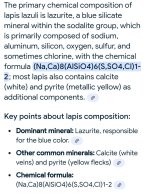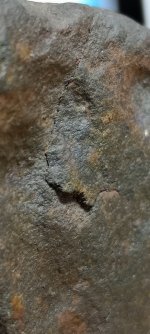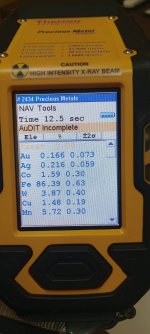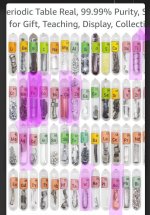FrustratedHexahedrite
Greenie
- Nov 22, 2024
- 10
- 9
My pops is a concrete business ownder. Working the gravel pit on a glacial till on my Grandfathers land he found this peculiar rock (40 years of looking at rocks does that to a man). He sent it to me, its 11.9 lbs. I actually brought it to be xrf'd in two spots(results in pic of taped spots) Iron as high as 85%-95%, co, cu, mn, w, ti and au and ag. There is no terrestrial rock i can find with this composition. There is very low nickel. Im trying to get it officially tested but no one reponds. Pics attached, crust, thumbprints, striation visible, olivine (looks like under microscope). Neat piece, pain in the ass to find someone to confirm or deny. Note how clean a split it is, super heated to super cool on impact? Cracked the iron in half.
If anyone has any ideas on how to achieve a designation in the southwest please let me know. Thank you!
If anyone has any ideas on how to achieve a designation in the southwest please let me know. Thank you!
Attachments
-
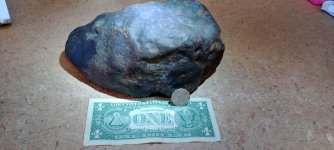 IMG_20241118_133958.jpg957.9 KB · Views: 10
IMG_20241118_133958.jpg957.9 KB · Views: 10 -
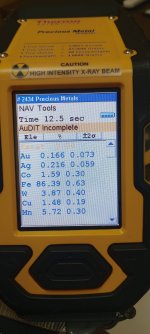 IMG_20241120_123924.jpg1.2 MB · Views: 10
IMG_20241120_123924.jpg1.2 MB · Views: 10 -
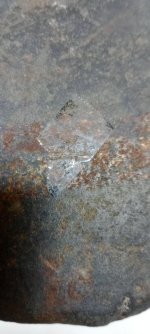 IMG_20241120_124010.jpg738.3 KB · Views: 9
IMG_20241120_124010.jpg738.3 KB · Views: 9 -
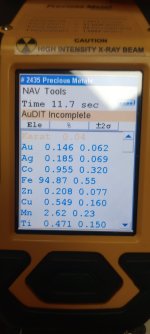 IMG_20241120_124100.jpg748.8 KB · Views: 7
IMG_20241120_124100.jpg748.8 KB · Views: 7 -
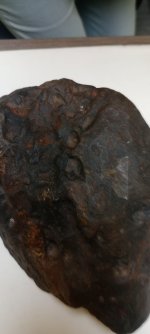 IMG_20241120_124104.jpg854.7 KB · Views: 7
IMG_20241120_124104.jpg854.7 KB · Views: 7 -
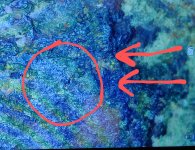 IMG_20241119_004241~2.jpg665.9 KB · Views: 6
IMG_20241119_004241~2.jpg665.9 KB · Views: 6 -
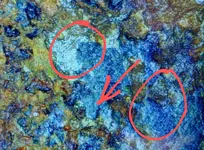 IMG_20241119_004338~2.jpg827.2 KB · Views: 8
IMG_20241119_004338~2.jpg827.2 KB · Views: 8 -
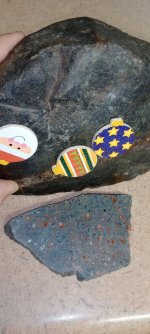 IMG_20241118_232404.jpg1.1 MB · Views: 10
IMG_20241118_232404.jpg1.1 MB · Views: 10


